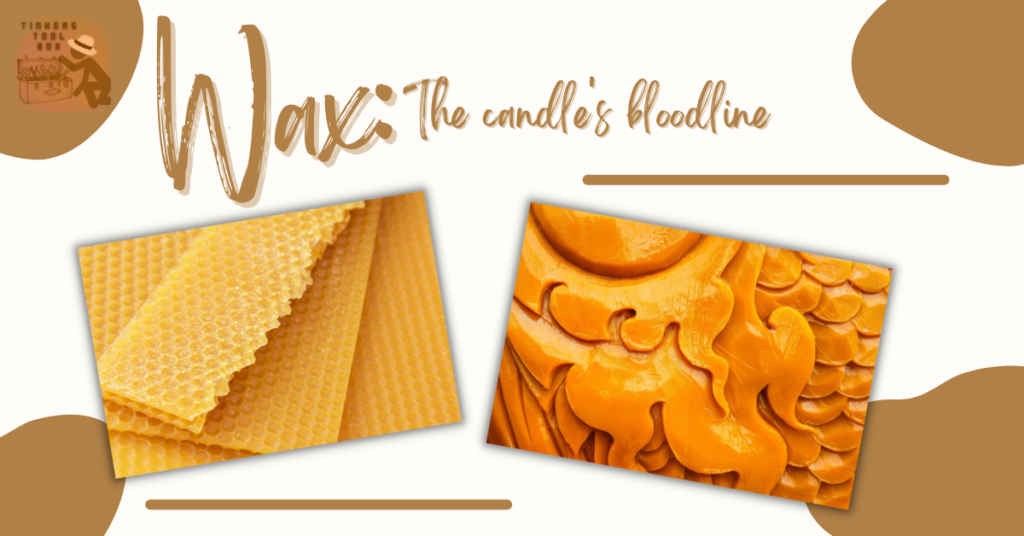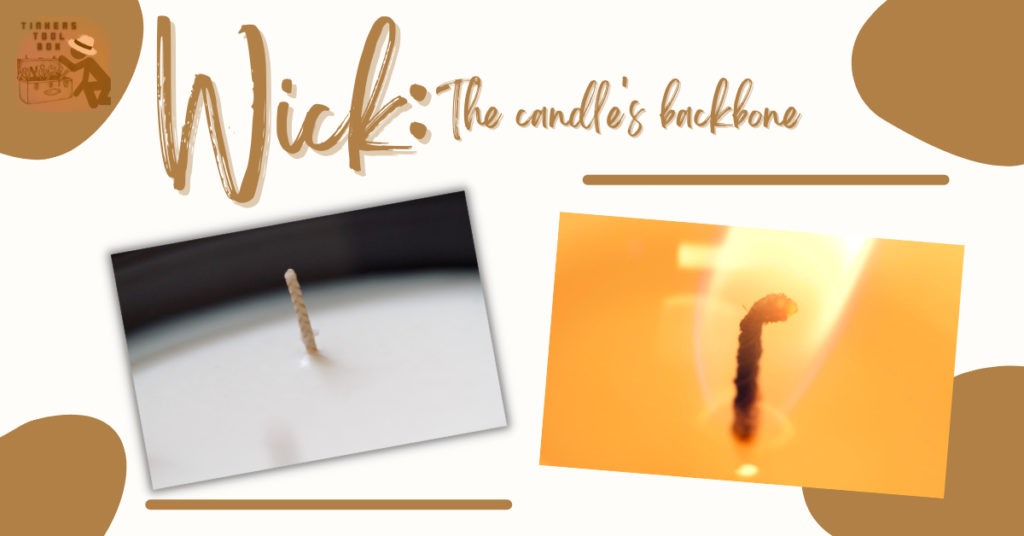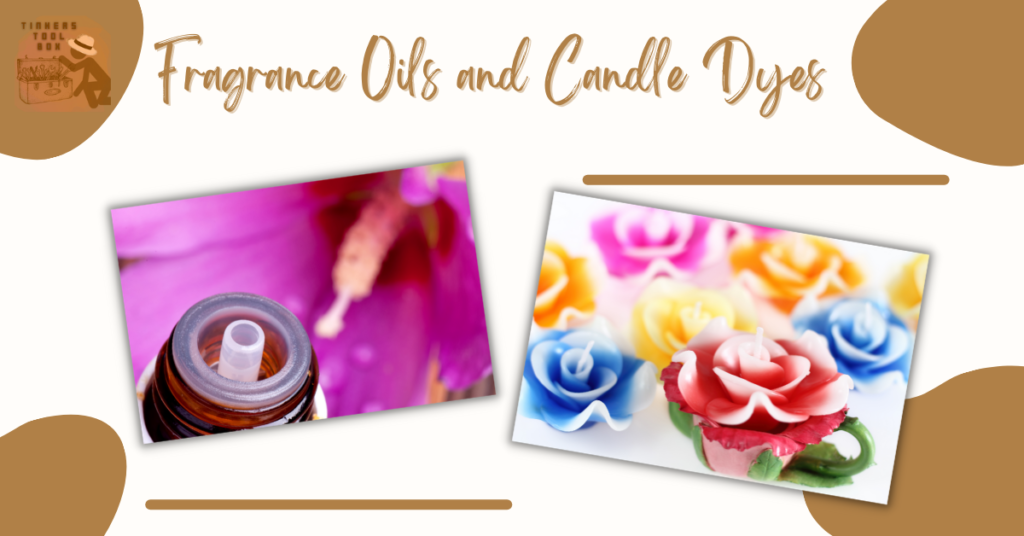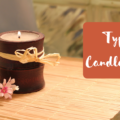Candles are satisfying to watch with their symphony of colors and scents. This combination of wonders is possible with the raw materials that are the best buddies of candle makers. If you are also into candle making, here are the raw materials you can use.
In producing candles, you need wax, wick, and scented oils. You can also include candle dyes for color and stearin if you plan to mass produce candles. These are paired with the necessary candle utensils like melting pots and candle containers.
Raw materials for candle making are readily available in any physical and online dollar stores. The challenge now is selecting the right raw materials suitable for your project. This article will discuss the raw materials candle makers use and the different types and variations.
Wax: The Candle’s Bloodline

The most important component of candles is wax, and it has many types you can explore. Here are some of the common waxes used in candles.
Paraffin wax: The Most Budget-Friendly Choice
The most affordable candles in the market are made of paraffin wax. Paraffin is from petroleum and used in many ways, such as candle making and other industrial aspects, including cosmetic and electrical insulators.
It is a cheap wax for any candle making project but be careful because paraffin gives off a harmful substance that can be a health concern. Paraffin appears soft and colorless hence ideal for adding candle colors.
If you are not meticulous with your candles and do not have any preference, paraffin-made candles are the best choice for inexpensive home additions.
Soy wax: Best of Both Worlds
Soywax is another wax type that is processed from soybean oil. They are also natural wax and can be a safer material for candle making than paraffin wax.
However, soywax has a lower melting temperature than other wax but is mixed with additives to reach a more stable condition.
It burns longer, retains more scent, and throws fragrances much stronger than paraffin wax. Soy wax also burns evenly than paraffin wax and has lesser soot.
Beeswax: Worth Every Penny
Beeswax is more expensive than soywax and paraffin wax for a reason. It is priced higher because honeybees make it and cannot be replenished easily. This wax type is great for candle making.
Beeswax also has a higher melting point and has the lowest toxicity among other waxes. It produces no toxic byproducts and lesser soot, hence the heftier price.
The natural honey scent of the candle is also priceless, and its scent is not as overwhelming as some synthetic candle fragrances. If you want to know more about the benefits of beeswax, you are welcome to read this article.
Wick: The Candle’s Backbone

The wick serves as the backbone of your candles since it conveys wax which is the candle’s fuel. A wick can be made of various materials and vary in number and size per candle.
Braided Cotton Wick: The Common Choice
Normally candles wicks are made of braided cotton. As these cotton wick burns, it curls back into the flame, making it automated, ensuring the flame does not go out.
Ensure, though, that before you use the wick, it has been pre-waxed or soaked in melted wax for at least 24 hours.
Wooden Cotton Wick: A Special Choice
This wick comes from woods that are sliced thinly, which makes a crackling sound as it burns. Most candles use cotton wicks, but wooden ones heat more to wax faster.
Wooden wicks can also diffuse scent more than cotton wicks and are more sustainable. I have written an article if wooden wicks are really worth a try in this link.
Number and Size of Wicks For Your Candles
If you have already chosen the wick material you will use for your candle, you should decide next on what size and how many wicks you should place on your candle.
Smaller candles will also have smaller wick diameters, true for large diameter candles. Keeping the right diameter size of the wicks will affect how your candle will burn.
You may also vary the number of wicks depending on the available diameter of candles. There is no strict rule in deciding how many wicks you may add to your candle, but you can follow the general guideline that candles larger than four inches in diameter may need two or three wicks.
Fragrance Oils and Candle Dyes: Additional Beauty To Your Candles

One of the best-featured candles has to throw scents in the room to change the ambiance. At the same time, the beauty of candle colors can change the design of your place.
Common Candle Fragrances: Make Your Candles More Special
Scented oils are mixed in the candles at a certain temperature to blend into the wax. Common candle fragrances include vanilla, lavender, lemon, jasmine, and cypress.
You should always include scented oils in your budget and candle making process. Adding scents to your candles will make them more special.
Fragrances can also give a calming or relaxing effect as your candle burns, and they can stimulate your brain and make you think clearly. So, be sure to include them in the raw materials you will get.
Candle Dyes: Give Life To Your Candles
Candle colors nowadays show many combinations, and you can also do this by yourself. Candle dyes or paints are readily available in the market, including the raw materials you should get.
Dyes are usually added to the wax with the scented oils and blended well for the final product. Liquid dye works great with candles and lets you achieve bold colors and alter the natural color of wax.
Be mindful, though, since there might be differences in adding temperature and dye mixed with different wax types.
Conclusion
Candle making is enjoyable when you have everything you need. As you begin making candles like me, who want to save time creating a project, purchasing the raw materials in advance will be a lifesaver. Candle raw materials are not cheap, but you can work around this if you know what to choose among the many options. I hope you have ticked off in your list the raw materials you should use and enjoy candle making like never before.















